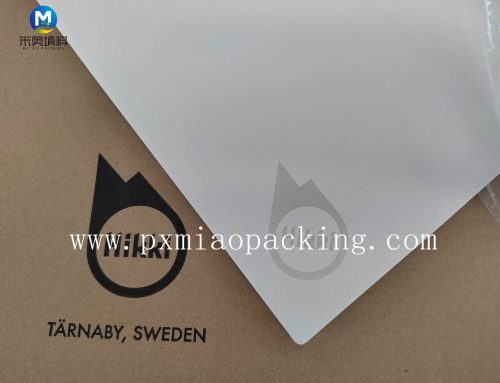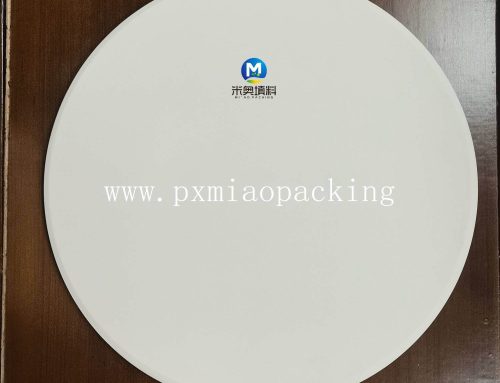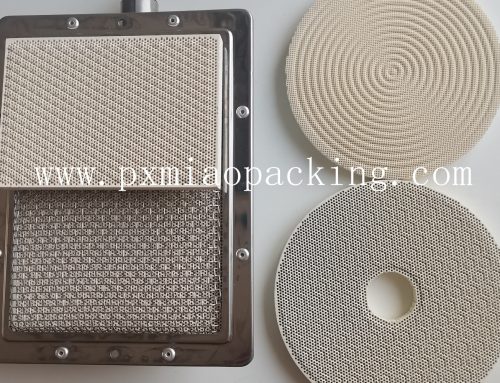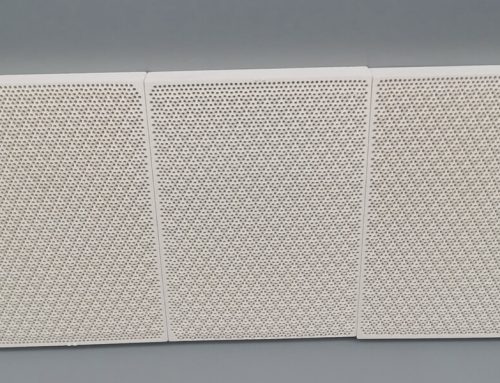Introduction of molecular sieve
Molecular sieve is a kind of silicone aluminate compound with cubic lattice.There are dozens of varieties.Molecular sieve have very large surface area up to 300 to 1000 m2/g.It is not only a high efficient absorption but also a type of solid acid.It has high acid concentration and acid strength on surface which can cause catalyst reaction of positive carbon ion.When the metal ion exchange with other icons in the solution, its micro hole aperture can be adjusted and its capacities of adsorption and catalyst can be changed thus we can get molecular catalyst with different properties.
Molecular sieve has uniform microporous structure.Its micro hole diameter is uniform. This holes can absorb molecule smaller than itself into the micro hole.It has priority adsorption capacity to polar molecule and unsaturated molecules.Thus it can separated molecules with different polarity, saturation,molecule size and boiling point.Molecular sieve is widely used in various fields because of is high adsorption ability, strong thermal stability.
Generally molecular sieve has two main application fields according to its usage
1.It is used as adsorbent and used in the fields of petroleum refining, petrochemical, coal chemical, chemical fertilizer, metallurgy, electronics and other industries.It is used for air separation, drying and purification.The main types are molecular sieve 3A, molecular sieve 4A, molecular sieve 5A, molecular sieve 13X.
2.It used as solid acid catalyst and used in petrol refining and petrol chemical industries.The main molecular types are HZSM-5,USY.
The main raw materials for molecular sieve forming are molecular sieve raw powder, adhesion agent, ludox, purified water.
Application of molecular sieve adsorption
Molecular sieve 3A
The aperture of molecular sieve is 3A (0.3nm).It is mainly used to adsorb water and doesn’t absorb the molecule larger than 3A.It is the essential desiccant for gas deep drying, refining and polymerization in petroleum and chemical industries.
The detailed application as below
1)Drying for various liquid such as alcohol
2)Gas drying
3)Refrigerant drying
4)Drying for natural gas and methane gas
5)Drying for unsaturated hydrocarbons, cracking gases, ethylene, acetylene, propylene and butadiene.
Molecular sieve 4A
The aperture of molecular sieve 4A is 4A (0.4nm).It can adsorb water, methanol, ethanol, hydrogen sulfide, sulfur dioxide, CO2, ethylene and propylene, cannot adsorb molecule larger than 4A including propane.It is adsorption capability for water is larger than other molecule and becomes one of the largest molecular sieve in industry. Molecular sieve 4A is mainly used for drying of serious chemical gases and liquid, refrigerant, medicines, electronic material and other vulnerable substances.And it is also used for the separation of methane, ethane and propane and the purification of argon.
Molecular sieve 5A
The aperture of molecular sieve 5A is 5A (0.5nm).It is normally called Ca molecular sieve and can adsorb the molecule less than 5A.Besides the capability of molecular sieve 3A and molecular sieve 4A, it can also absorb C3-C4 N-alkanes, chloroethane, bromoethane, and butanol.It could be applied for separation of normal isomeric hydrocarbons, PSA absorption and co-adsorption of water and CO2.Based on the industrial application features, molecular sieve 5A is used on serious gas PSA adsorption installation such as oxygen production, hydrogen production, CO2 production and so on.It is mainly used for separation of normal alkanes, separation of O2 and N2, drying and purification of chemical industry, petrol natural gas and other industrial gas.
Molecular sieve 13X
The aperture of molecular sieve 13X is 10A (1nm).It can adsorb any molecule less than 10A.It can be used for catalyst substrate, co-absorption of water and CO2, co-absorption of water and hydrogen sulfide gas.Based on these features,molecular sieve 13X is mainly applied for the drying and purification of gas,gas purification for air separation equipment besides removing water and CO2, desulfurization of liquid hydrocarbons and natural gas.




